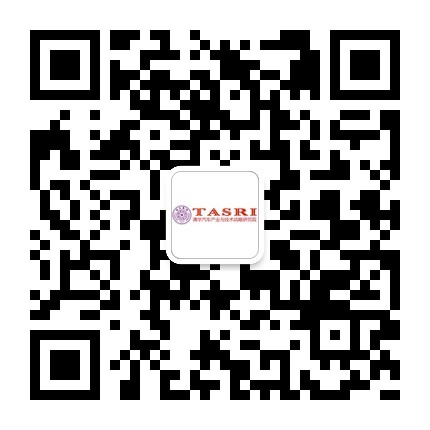| Coal-derived alternative fuels for vehicle use in China: A review |
[Title]Coal-derived alternative fuels for vehicle use in China: A review [Journal]Journal of Cleaner Production, 2017, vol.141, 774-790 [Author]Han Hao, Zongwei Liu, Fuquan Zhao*, Jiuyu Du, Yisong Chen [Abstract]The rapid growth of vehicle ownership in China has brought severe energy and environmental challenges. By referring to a wide range of existing studies and policy documents, this paper reviews the rationality, pathway choice, policy initiatives, barriers and opportunities of developing coal-derived alternative fuels in China, including methanol, Dimethyl Ether (DME) and Coal-to-Liquid (CTL). The review suggests that (a) the production of coal-derived alternative fuels faces the constraints of coal resource, water consumption and CO2 emissions. China should develop coal-derived alternative fuels with full considerations of these constraints. (b) Coal can be utilized as vehicle fuel through multiple pathways, each pathway with significant trade-off among its energy, environmental and economical attributes. Some critical issues, such as the toxicity of methanol use, the life cycle Greenhouse Gas emissions from different pathways, are still not fully justified. Demonstration plays an essential role in justifying these issues and identifying the optimal technology pathway. (c) The demonstration of methanol use as vehicle fuel faces several major barriers. To further promote the demonstration progress, an essential step is to adjust the excise tax rate for fuel methanol. Besides, the government should consider to establish a number of fuel methanol closed-operation regions in the coal-rich provinces. (d) Driven by the fluctuations in oil prices and policy incentives, the established and planned CTL capacities have been growing very fast. To protect CTL plants from the impacts of oil price fluctuations or carbon tax, the government can consider to provide appropriate subsidies to CTL plants when necessary. (e) The DME fuel and vehicle technologies are more likely to be developed as technology reserves rather than mainstream technologies. Regional demonstration projects should be maintained to improve infrastructure and vehicle technology maturity. [Key words]Coal; Alternative fuel; Vehicle fuel; Methanol; DME; CTL |
| PREVIOUS:An overview of energy efficiency standards in China's transport sector NEXT:Comparative Study on Life Cycle CO2 Emissions from the Production of Electric and Conventional Vehicles in China |




